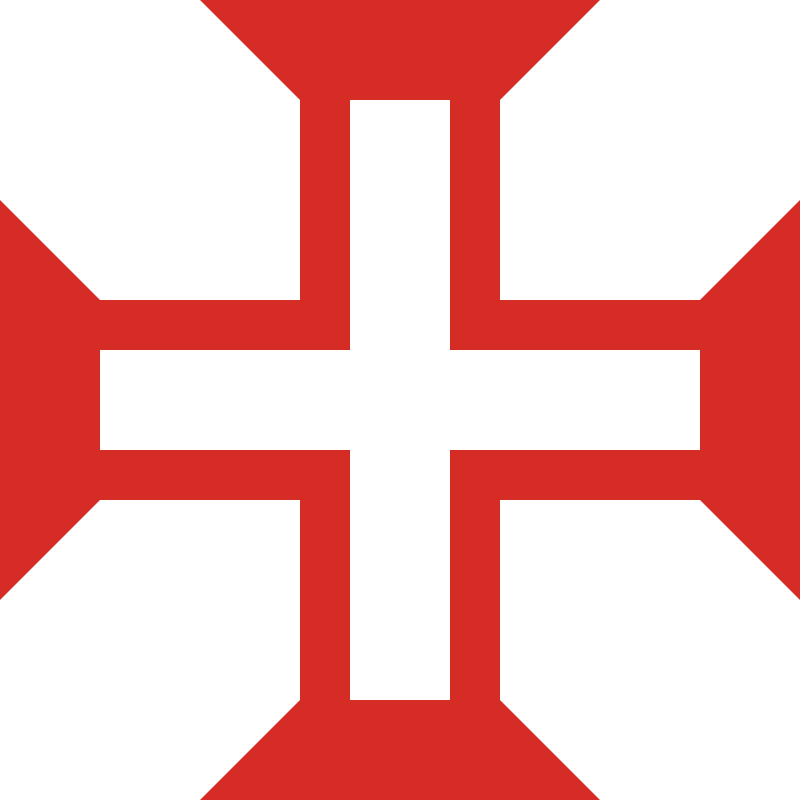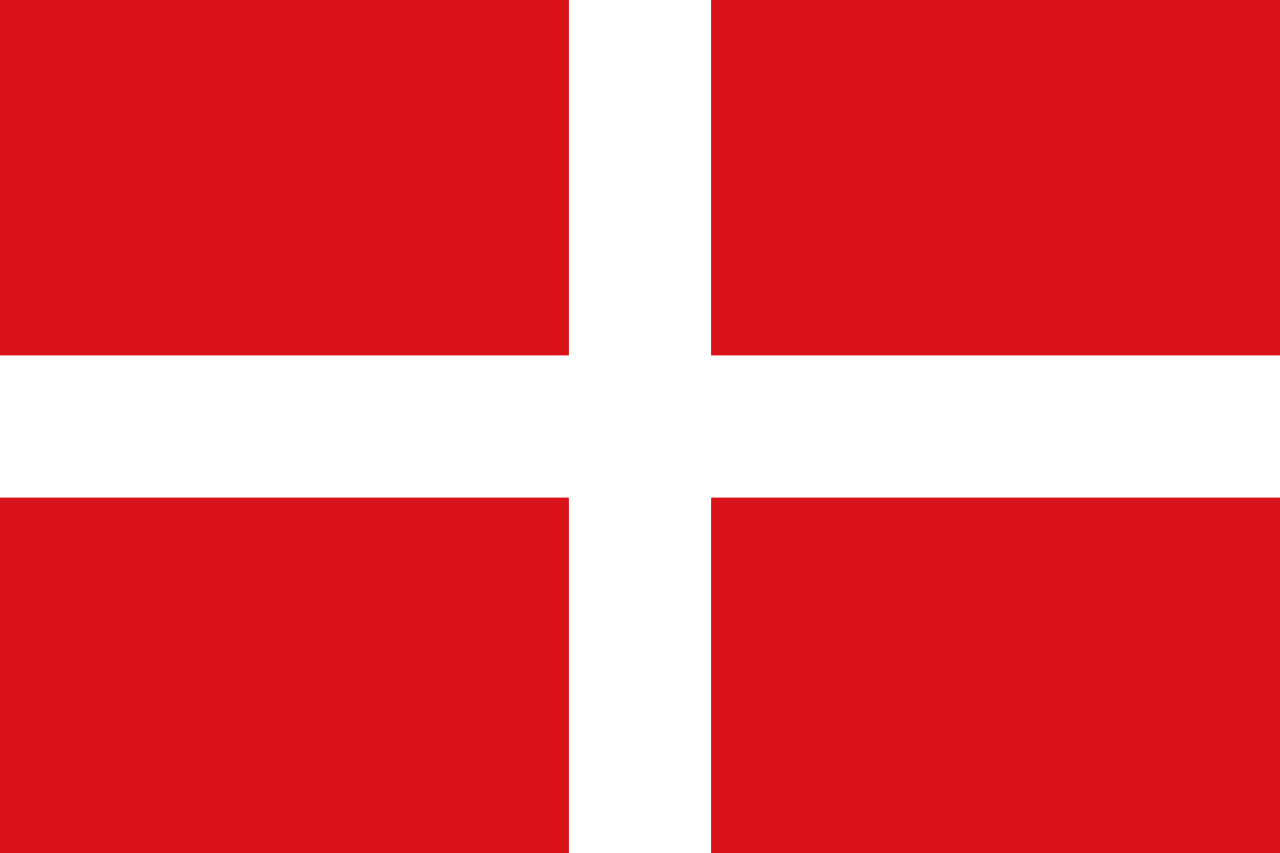Ancient Psychedelia: Alien Gods & Mushroom Goddesses
Online Book - Chapter 17, Page 328
Back to Online Book Mainpage / Next Page (Chapter 17, Page 329)
| Pope Gregory IX (c. 1170 – 22 August 1241) was Pope from March 19, 1227 to his death in 1241. Pope Gregory was responsible for setting up the “Holy Office” of the Inquisition in 1224. If it was hot in the world before this time, it got very hot from here on out. The Holy Office made life pure hell on earth. This was the organization of the largest mafioso gang in the world, and from here on out, humanity would suffer miserably under their rule for another five hundred years. In fact, if one measures with a yardstick (or a million of them together), the degrees of stupidity that the church plunged humanity into from 1200-1700 AD, it’s a miracle of the goddess that the spirit of intellect ever survived enough to write about it today in modern history. Were it not for the forces of the Rosicrucians, the medieval alchemists and the Jewish cabalists and the soothsayers, the most evil organization that was ever created might have just gotten away with it and we might have been too stupid today to read the pages you are reading now and I would never have had the intelligence to write more than a fairy tale. Pope Gregory IX was responsible for instituting the assault on witchcraft by sending Conrad of Marburg to Germany and giving him free license to bring all witches to trial and burn them at the stake. Rumors of secret initiations involving homosexuality, spitting on the cross and denying the divinity of Christ, allowed an already indebted King Philip IV of France to unify power with the Pope to force the submission of the Templars. Dismantling the Templars would allow King Philip the relief of a tremendous debt he owed to them and it would allow the Pope to seize the assets for the Catholic Church. On October 13, 1307, King Philip IV had the Templars arrested. On November 22, 1307, a Papal Bull was issued which instructed all Christian monarchs in Europe to arrest all Templars and seize their assets. (52) Many of the Knights recanted their confessions after having been freed, and in 1310, King Philip used the information from the forced confessions to have several members executed. (53) Then, in 1312, the Pope had the Order disbanded. On March 18, 1314, De Molay and several other Templars were burned at the stake. Although this may seem like a “great purge” within the military order by the ever-dominating and authoritarian Catholic Church, it was rather short-lived. Many of the arrested members paid no heavy price a tall. They received pensions or were transferred to other Catholic military orders. The main lot of property and wealth of the Templars was then used to create a new “Knights Hospitallers” order. They didn’t even bother to change the flag much, they only inverted the colors (61i). (54) The Military Order of Christ was founded in 1319, with the protection of the Portuguese king, Denis I (61h). (55) |
  R: (61i) Flag of the Knights Hospitallers The Order of Knights of the Hospital of Saint John of Jerusalem, to which the Templars assets were transferred after the Pope and King Philip took them over, was a medieval Catholic military order which arose in the 11th century alongside the Knights Templars and was headquartered in the “Kingdom of Jerusalem” on the island of Rhodes, in Malta and St. Petersburg. The Hospitallers were founded in 1023 by Gerard Thom to provide care for sick, poor or injured pilgrims coming to the Holy Land. The Hospital Brothers of Saint Anthony were a Catholic congregation founded in 1095 for the purpose of alleviating the suffering from the effects of ergotism which was rampant among the poor in the medieval period. In 1717, the congregation, though largely reduced, was canonically united with the Maltese Knights Hospitaller, then suppressed during the French Revolution and finally extinguished altogether in the early 1800’s. How they managed to survive the wrath of the Catholic Church when it came to treating diseases, considering their extensive knowledge of herbalism and what would have been considered tantamount to “witchcraft” is something to be considered and questioned intensively. The Knights Templars and the Albigensians of the time were noble orders and incurred the wrath of the church so it might be wondered whether the family that constituted the Order who held the sacred knowledge and were allied with the church were in fact the ones who ordered the persecution of the other knowledgeable and thus “heretical” sects. I consider this episode in history as a “great purge,” for the church in their quest to consolidate power amongst themselves, but the full extent of that purge is questionable. The Order of St. Anthony grew quickly and spread to France, Germany, as well as Scandinavia, (56) and, by the end of the Middle Ages, they owned 396 settlements and 372 hospitals. (57) (52) Martin, Sean (2005). The Knights Templar: The History & Myths of the Legendary Military Order. New York: Thunder's Mouth Press., P. 118 (53) Barber, Malcolm (1994). The New Knighthood: A History of the Order of the Temple. Cambridge: Cambridge University Press. P. 3 (54) Moeller, Charles (1912). "Knights Templars". In Herbermann, Charles. Catholic Encyclopedia. 14. New York: Robert Appleton Company (55) Matthew Anthony Fitzsimons; Jean Bécarud (1969). The Catholic Church today: Western Europe. University of Notre Dame Press. p. 159 (56) Wellcome, Henry S.; Solomon, Henry (June 19, 1908). From Ergot to Ernutin. Ottawa: Canadian Medical Association. pp. 1–60 (57) Apples of Apollo, p. 218; Nemes, C.N. (December 1, 2018). "The medical and surgical treatment of the pilgrims of the Jacobean Roads in medieval times Part.1". International Congress Series. 1242: 31–42); https://en.wikipedia.org/wiki/Ergot |
Go Back to Page 327